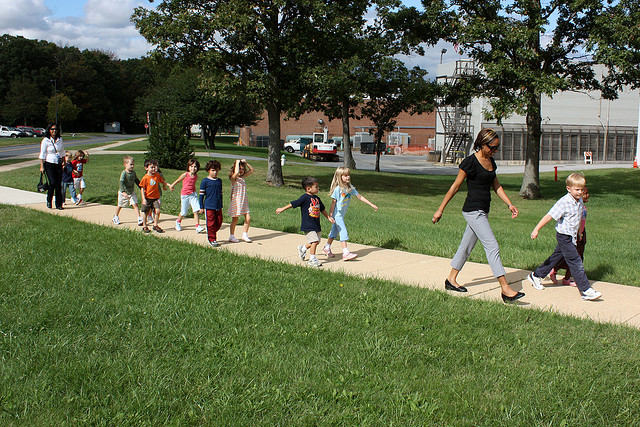Code Green Solutions


Kids spend a huge amount of their time in school: five days a week for seven or more hours a day. They also travel to and from those schools every day, and most of the time they aren’t walking. According to the Safe Routes to School National Partnership, less than 15% of students in the U.S. walk or bike to school. With this in mind, a study from researchers at the University of Oregon looked at the physical site and neighborhood characteristics of 16 schools (eight LEED schools and eight non-LEED schools), and examined the impact of these characteristics on the active transportation behavior of students.
The study also looked at the overall energy use associated with transportation to and from each school, stating that the high energy consumption related to driving kids back and forth could lead to a rethinking of the transportation options to and even the location of educational facilities. The author points out that a 2006 survey of 424 school districts found that only 7.6% had policies or programs in place encouraging active transportation (walking or biking) to school. It’s not surprising that automobile is the current transportation method of choice, but it doesn’t have to be.
The study found that “changes in the built environment strongly influence student travel patterns.” While transportation patterns were similar across all schools studied – LEED or non-LEED – levels of active travel were greater in areas associated with specific LEED Sustainable Sites credits. The study notes that the following site and neighborhood characteristics were correlated with higher rates of active transportation:
Predictably, low density residential and light industrial neighborhoods were found to have lower levels of active transportation. Another study, from researchers in Denmark, points to the importance of reversing this trend and encouraging active transportation to schools. Results of the study concluded that exercising before class, such as walking or biking to school, led to higher levels of concentration among students.
Both studies are careful to note that walking or riding a bike to school isn’t always possible, especially when distances are long or when walking/biking might present a safety hazard.